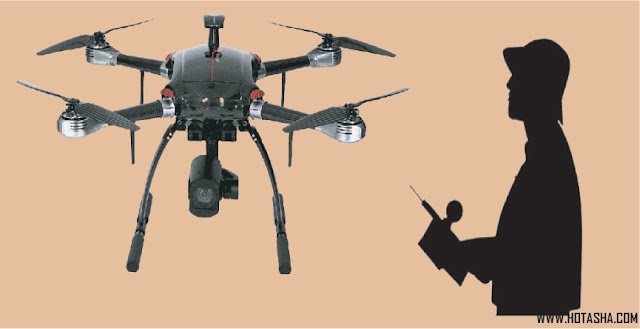Current flowing through
any conducting wire produces a magnetic field around the wire. Winding of the
wire around the iron core to form a coil greatly increases the strength of the
resulting magnetic field. This magnetic field can interact with ferromagnetic
devices, such as an iron plunger, to produce mechanical motion. This property
is the basic operating principle of relay.
Basically a relay
consists of an electromagnet and one or more sets of contacts. Each set of
contacts in a relay can be connected to the circuit and acts as a switch,
opening and closing the circuit as required. The only difference between relay
and switch is that- switches are mechanically actuated while relays are
electrically actuated. This gives a certain properties to relays that make them
more desirable than switches in certain applications.
Why Use Relay
There are several
reasons why you might want or need to use relay
- Switching a high current circuit using a lower circuit current.
- In-line switch or the exciting circuit does not have the capacity to handle the current required. For example, if you wanted to fit some high power work lights that come on with the headlights but there is a risk that they would exceed the capacity of the exciting loop.
- Cost saving.
- High current capacity wiring and switches cost more than lower current capacity versions, so by using relays the requirement for the more expensive components is minimized.
- Making on more than one circuit from a single input.
- You can use a single input from one part of an electrical system to activate one or more relays that than complete one or more other circuits and so carry out multiple functions from one input signal.
- Carrying out logic functions.
Construction of Relay
Around an iron core a
copper coil is held in a frame or yoke from which an armature is hinged. One
end of the armature is connected to a tension spring which pulls the other end
of the armature up. This is the relay in its de-energized state or at rest with
no voltage applied.
A braided bonding strap
provides a good electrical connection between the armature and yolk, rather
than relying on contact between the armature pilot point alone. The coil and
contact are then connected to various terminals on the outside of the relay
body.
Operation of Relay
When the relay is
de-energized, no current flows in the coil of the relay and no magnetic field
is produced. Because of this, the armature is released and the relay contacts
are open. Any circuit connected to the terminal of relay is also open.
Therefore, the relay acts just like a toggle switch in its open state.
On the other hand, when
the relay energized, current flows in the coil of the relay through the other
terminals of the relay. This produces a magnetic field around the coil which
attracts the armature and causes the relay contacts to close. Any circuit
connected to previous terminal also closed. Therefore, the relay acts just like
a toggle switch in its closed state.
Relay Coil and Contacts
There are two basic types
of contacts commonly found in relays.
- Normally Open Contacts (NC)
- Normally Close Contacts (NO)
Each type of contact
indicate the state of the contact when the relay coil is de-energized, which is
the normal state of the contact. So:
- A normally open contact is open when the coil of the relay is de-energized and closed when it is energized.
- A normally closed contact is closed when the coil of the relay is de-energized and open when it is energized.
The coil and contact of
a relay form independent circuits and often need to be represented separately.
Edited By
Jeion Ahmed
B.Sc. in Electrical & Electronic Engineering (EEE)
Chittagong University of Engineering & Technology (CUET)













0 Comments